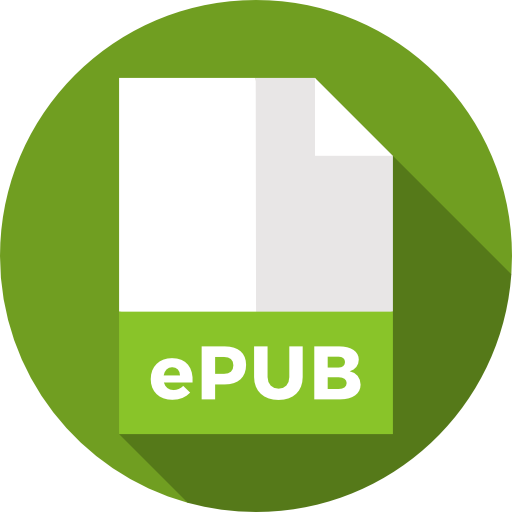
An International Publisher for Academic and Scientific Journals
Author Login
Scholars Journal of Engineering and Technology | Volume-13 | Issue-06
Theory of Electrolytic Ionization
Stanislav V. Yefimov
Published: June 18, 2025 |
212
175
Pages: 377-380
Downloads
Abstract
Semiconductors and aqueous solutions of acids and bases exhibit several common properties and characteristics. First, both are solutions. Semiconductors of the p- and n-types are solid solutions of doping impurities in a pure semiconductor (Silicon, Germanium). Aqueous solutions of acids and bases are liquids but can easily become solids when frozen. Second, the dependences of the main charge carrier's concentrations on the dopants' concentrations for aqueous solutions of electrolytes and doped semiconductors are identical. For aqueous solutions, the dopants are acids (n-type) and bases (p-type), and for crystalline semiconductors, these are Phosphorus, Arsenic, Antimony (n-type), and Boron, Aluminum, Gallium (p-type). Third, the equations for determining the coordinates of singular points in the concentration dependence (equivalence points) for aqueous solutions and doped semiconductors are identical. Fourthly, the semiconductor effect of contact between a frozen acid solution and a frozen base solution is discovered. In this paper, we rethink all the results obtained and put forward a hypothesis about the nature of the electrical conductivity of electrolyte solutions.


